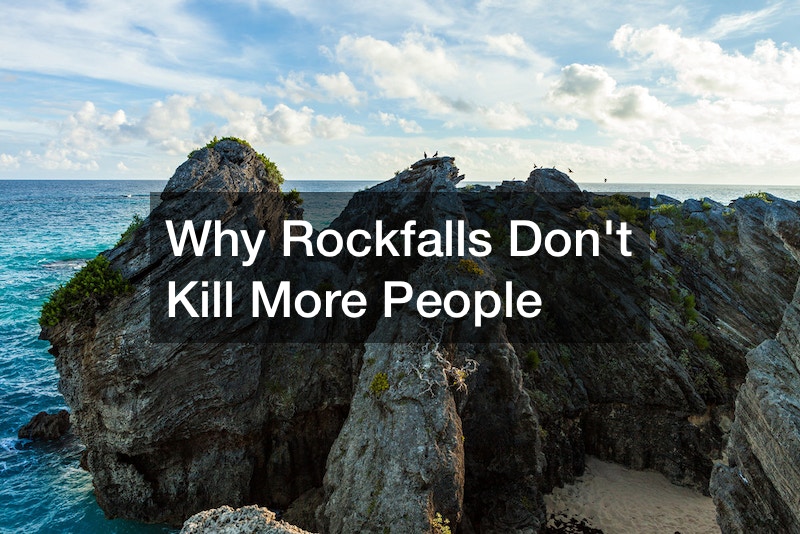

When rocks on top of a cliff, hill, or mountain get hot, they shed a few layers. A United States Park Service report shows that over 15% of rockfalls happen during the hottest hours of the day, which is double the expectation. Rockfalls have killed people before, especially in parks like Yosemite, but this trend has started to decline with greater awareness for rockfall protection.
According to the narrator, one of the reasons why Rockfalls don’t kill more people is RPS (rockfall protection structures).
These are engineered structures such as rockfall catchment fences designed to capture, slow down or change the course of falling rocks.
Another reason rockfalls don’t kill more people is risk assessment which comprises hazard analysis; evaluating and estimating rockfall frequency and consequence analysis; evaluating the potential effect of rockfalls on people and/or buildings at risk of this hazard.
After risk assessment, decisions can be made to avoid the hazard; treatment of the rocks with a high probability of disintegrating, and installation of monitoring systems and warning signs.
Risk mitigation also helps prevent rocks from killing people, which includes studying a slope’s characteristics and the evidence of historical and recent rockfalls in a given area.


